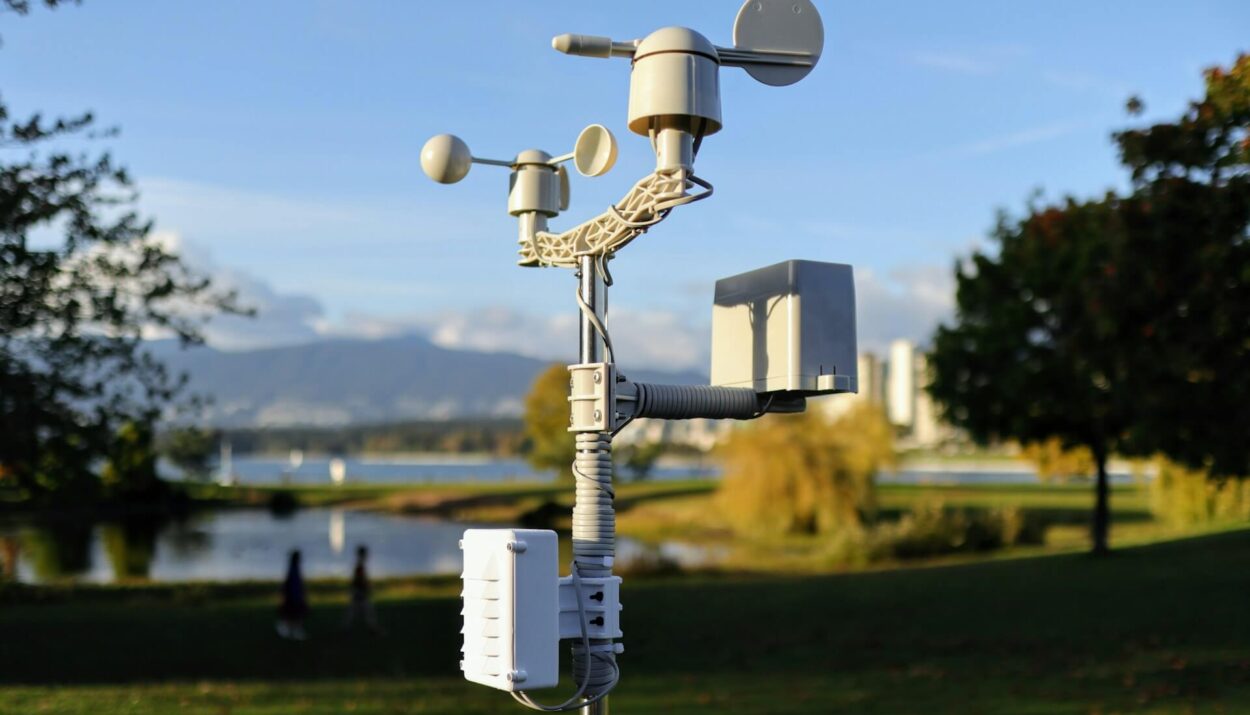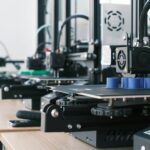The Internet of Things (IoT) is a technological revolution that’s quietly seeping into every aspect of our lives, transforming mundane objects into sophisticated smart devices.
It’s a term that’s often thrown around in tech circles, but what does it mean for the average person, homeowner, or small business owner? In this comprehensive exploration of IoT, we will shed light on what IoT is, how it’s reshaping our world, and crucially, how you can harness its power.
Explore with us the exciting world where your toaster can chat with your coffee machine, your refrigerator can order groceries, and your car can notify you if it needs maintenance!
Understanding the Internet of Things (IoT)
At its core, IoT refers to the growing network of physical devices, also known as ‘things’, that are embedded with sensors, software, and other technologies to connect and exchange data with other devices and systems over the internet.
These devices can range from everyday household items to complex industrial machinery. The main goal of IoT is to enhance the capabilities and functionalities of these devices, making them more efficient, useful, and user-friendly.
IoT is already pervasive, with billions of devices connected to the internet and exchanging data. This connectivity offers a myriad of benefits, from improved data collection and analysis for businesses to enhanced convenience and efficiency for consumers.
Everyday Examples of IoT in Action
The best way to understand the potential of IoT is through examples of how it’s being used right now. Here’s a snapshot of the many ways IoT is already embedded in our daily lives:
Smart Home Technology
Smart home technology has been one of the biggest beneficiaries of IoT. Devices such as smart thermostats, smart speakers, and smart locks are not only interlinked but are also controllable through the internet. They adapt to your behavior, preferences, and needs, creating an ecosystem within your home, and enhancing comfort, security, and energy efficiency.
Wearable Devices
Fitness trackers, smartwatches, and other wearables are a personal IoT example. They collect data about your health and fitness, syncing the information to your smartphone or computer. This not only assists you in maintaining a healthy lifestyle but also provides health professionals with more comprehensive data to monitor and diagnose issues.
Smart Cities
IoT plays a significant role in the development of smart cities. Sensors are being used to monitor traffic flow, manage public transportation, and even streamline waste management. The result is cities equipped to handle day-to-day challenges more effectively and to improve the overall quality of urban life.
The Impact of IoT on Businesses
Beyond consumer convenience, IoT is reshaping the business landscape. It offers sophisticated tracking and monitoring capabilities that businesses are leveraging to optimize their operations and drive innovation.
Enhanced Data Collection and Analysis
Every connected device in an IoT system generates data. For businesses, this means the potential for more in-depth analysis of customer behavior, production efficiency, and overall performance. It leads to informed decision-making, improves strategy development, and fosters a data-driven culture.
Process Optimization
The real-time data from IoT devices allows businesses to monitor and control processes with greater precision. Manufacturing, logistics, and supply chain management have all seen efficiency improvements through IoT implementation. Machines can even predict when they’ll need maintenance or fail, allowing companies to schedule repairs proactively, thus reducing downtime.
New Business Models
IoT is enabling new business models and revenue streams. For instance, companies can now offer products as services, charging customers based on usage thanks to the data gathered from IoT devices. This approach can reduce the upfront cost for consumers while creating a more regular, predictable revenue stream for the provider.
Security and Privacy in an IoT World
With so much data being exchanged between devices, the issues of security and privacy loom large in the realm of IoT. The interconnectedness of devices creates numerous entry points for cyber-attacks, and the sheer volume of data presents significant challenges for data privacy.
IoT Security Challenges
Common security challenges include the use of weak default passwords on devices, insufficient encryption, and the lack of a standard security framework across all IoT devices. These issues can result in severe vulnerabilities that cybercriminals exploit.
Protecting Your IoT Ecosystem
Both consumers and businesses must take proactive measures to secure IoT devices. This includes regular software updates, strong, unique passwords for each device, and the use of firewalls and other security software. For businesses, the adoption of industry-standard security protocols is becoming increasingly essential.
The Future of IoT Security
The future of IoT security will likely involve a combination of technological advancements and robust regulatory frameworks. Improved device security features, such as biometric authentication and secure hardware elements, will play an important role.
Additionally, governments around the world are beginning to institute regulations that mandate security standards for IoT devices.
Harnessing the Power of IoT for Personal Use
For individuals, IoT can greatly enhance quality of life. Here are a few ways to start integrating IoT into your own life:
Smart Devices for Home
Begin with simple, everyday devices like smart light bulbs that can be controlled with your phone, smart plugs for your appliances, and smart speakers that can be the hub of your IoT ecosystem at home.
Wearable Technology
Explore wearable devices like fitness trackers and smartwatches to help monitor and manage your health and lifestyle better.
Energy and Water Management
Consider installing smart thermostats and water monitoring systems that can help you save on utility bills and reduce your environmental footprint.
The Future of IoT: Trends and Predictions
IoT’s evolution shows no signs of slowing down. Here are some of the emerging trends that are likely to shape the future:
Edge Computing
Edge computing is a distributed computing paradigm that brings computation and data storage closer to the location where it is needed. This helps reduce latency and improve response times in an IoT network, making it more efficient.
5G and IoT
The rollout of 5G networks promises to dramatically improve the capabilities of IoT devices, with faster speeds and lower latency. This will enable a new wave of IoT applications and use cases that were previously not feasible.
Artificial Intelligence and IoT
The combination of AI and IoT will lead to devices that are not only interconnected but also able to learn and adapt on their own. This could mean smart homes that recognize your habits without needing to be programmed, or industrial machinery that can self-optimize.
Conclusion
The Internet of Things is a multifaceted phenomenon with far-reaching implications. From smart homes to smart cities, from businesses to personal health, its impact is varied and vast.
Whether you’re a tech enthusiast, a homeowner looking to modernize your space, or a small business owner seeking to stay ahead of the curve, understanding and harnessing the power of IoT is key. While challenges such as security and privacy remain, the potential for IoT to improve our lives is immense.
The key is to remain informed, to adopt best practices for security, and to always look for the value that IoT can bring to your daily activities and long-term goals. In doing so, you can ensure that IoT is not just a buzzword, but a tangible and positive force in your life and business.





